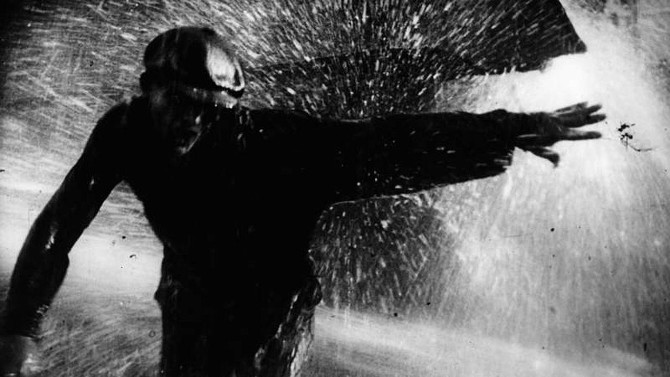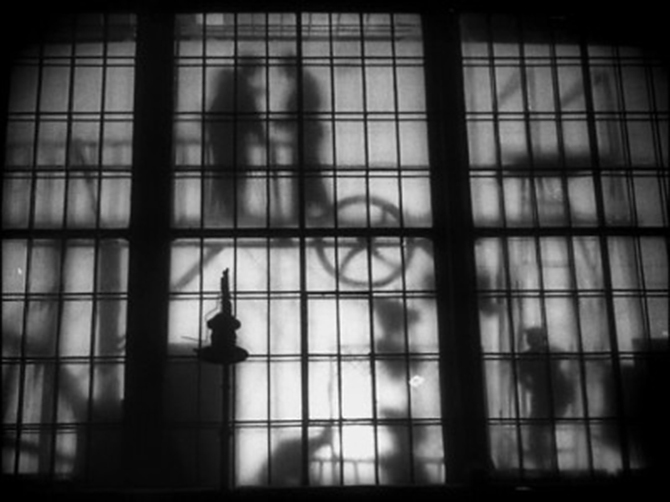An influential and innovative director that is sadly unknown to multiple generations of movie enthusiasts is Russian filmmaker Sergei Eisenstein, who would have turned one hundred and twenty a couple of weeks ago on January 10th. Best known for Battleship Potemkin (a laudable feature that will be reviewed here in due course), those in the know also point to his first full length motion picture, Strike, as being a vital piece of film history (it is often cited along with Orson Welles’ Citizen Kane as being one of the most audacious and impressive efforts by a first time filmmaker).
Released in 1925 (the same year as Potemkin), though set in 1903, the aptly named picture, told in six parts, looks at a factory workers’ strike in pre-Revolutionary Russia. A fascinating study of early socialism versus capitalism from the Soviet perspective, the workers are close to their tipping point. . . looking for better hours, higher pay, less work for the child labourers and other such things. With the elite sensing their waning drive, they warn their spies on the inside to keep both eyes open for civil unrest – each of these men have an animalistic nickname, their personas connected to the beast they have been named for.
After an occurrence that shakes the locomotive workers to their core, they strike. . . clashes and conflict arise as they revolt. Formulating a list of demands (already highlighted above), the wealthy director and shareholders think little of their bold ultimatums. . . after one uses the demand paper to wipe away a lemon on his shoe, another elitist demonstrates his strength by way of a lemon squeezer (a metaphor for the squeeze they will put on the workers, whom they feel belong at their feet, along with their list of nonsense).
With food and money running low, families begin to feel the pressure of being without an income – strife builds within many a household. Will the workers be able to hold their ground and reform their workplace, or will the wealthy leaders win out once again?
Filled with social commentary and emotionally crafted symbolism, Eisenstein designs visuals that are ahead of their time to depict the plight of the people. Shadow and light, reflections in mirror and water, transitional or superimposed shots that compare those onscreen to animal and machine, distorted perspective, framed visuals through windows, and perfectly executed shots (long shots and extreme angles are used more often than close-ups – Eisenstein’s vision is similar to Christopher Nolan’s most recent effort in Dunkirk, as it is the collective experience that drives things forward rather than following specific characters) are utilized to draw the audience in, moved by the varied images (the grandiose setting doesn’t hurt either). Perhaps the most disturbing sequence is the butchering of a cow seen in closeup, symbolic of the way in which the police and military deal with the protestors. It strikes at the heart, moment after moment familiarizing the audience with the ways in which the downtrodden working class are abused and ill-used by the capitalist system’s upper class elites – they literally use any means necessary to break the will of the working class (police, provocateurs and military are just three examples).
Another quality display of the creativity and flair to come out of the silent era, Sergei Eisenstein’s Strike is a masterclass in developing a strong political message through the visual. Though at times a tad difficult to follow, each image is constructed with utter grace, making it fascinating to watch the lopsided clash build to its tumultuous visual din. No need to strike over this selection, it is developed and executed in such an intricate way that it can still appeal to the masses.


